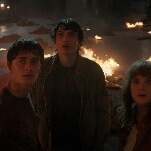R.I.P. Richard Matheson

A little girl disappears under her bed. A man is trapped in a world of the ravenous undead. A driver is hunted by a murderous 18-wheeler. A hat no longer fits. There's something on the wing of the plane. The works of Richard Matheson—the author who died yesterday at the age of 87—are the nightmares and ghost stories of generations, the influence that launched dozens of careers, and the shaping impulse behind some of the most basic building blocks of modern genre fiction.
He wrote about haunted houses, shrinking men, optimistic aliens, time travel, the afterlife, and—for all its two-fisted clunkiness—his prose had a feverish intensity that made its hooks hard to ignore. And through it all, a model persisted: the belief that logic and perseverance could be used to beat back the forces of darkness. Matheson's protagonists didn't always win, but when they did, it was through the force of their will, a refusal to accept the unacceptable. A mixture of Lovecraftian dread and Bradbury's kitchen-sink miracles, Matheson's stories took on the looming futurism of the '50s and '60s and preached the power of clear thinking.
Born February 20, 1926 in New Jersey to Norwegian immigrants, Matheson followed the path of his generation by serving in the infantry during World War II, then it was back to the University of Missouri for a degree in journalism. His first published short story, "Born Of Man And Woman," came in 1950 in The Magazine Of Science Fiction And Fantasy. The tale of a freakish child beaten and trapped by his parents established Matheson's career-long interest in seeing monsters from multiple angles (a theme that would define the twist ending of his most famous work, I Am Legend). Matheson's first novel, Someone Is Bleeding, arrived in 1953. Matheson wrote for the rest of his adult life, well into the ’00s, publishing more than 20 novels and numerous short stories, teleplays, and screenplays.
Matheson's scripts for The Twilight Zone helped to create some of that series' most memorable moments. Matheson wrote "A World Of His Own," a cheeky look at the power of the writer to influence his surroundings; "The Invaders," about a frontier woman menaced by a group of miniature alien spacemen; "Little Girl Lost," about a friendly physicist trying to rescue a child from an otherworldly fate; and a dozen more besides. Perhaps his most indelible teleplay was "Nightmare At 20,000 Feet," starring William Shatner—whom Matheson would later send to new heights of over-acting with his sole Star Trek script, "The Enemy Within”—with Shatner facing off against a malevolent gremlin aboard a cross-country flight. The script, adapted from Matheson's own short story, serves as a sort of distillation of his life’s work by pitting a flawed but ordinary hero against the inexplicable, then forcing him to overcome his demons to save the day.
There's a fundamental practicality to Matheson's fiction, an unshakable conviction that man's best weapon against evil is his mind. In I Am Legend (1954, adapted multiple times to the screen, most recently in the 2007 Will Smith vehicle of the same name), the hero struggles against living under siege and in isolation by working to study the vampires assaulting him, breaking their condition down into biological terms. In The Shrinking Man (1956, adapted by Matheson into the 1957 film The Incredible Shrinking Man, and the subject of a forthcoming remake), a guy decreases in size and has to use ingenuity and courage to fight a spider.


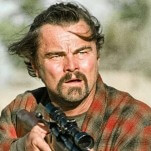










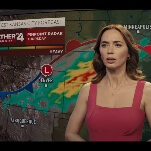



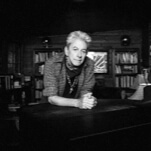



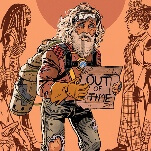
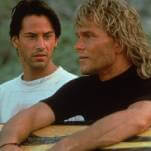







![Rob Reiner's son booked for murder amid homicide investigation [Updated]](https://img.pastemagazine.com/wp-content/avuploads/2025/12/15131025/MixCollage-15-Dec-2025-01-10-PM-9121.jpg)

